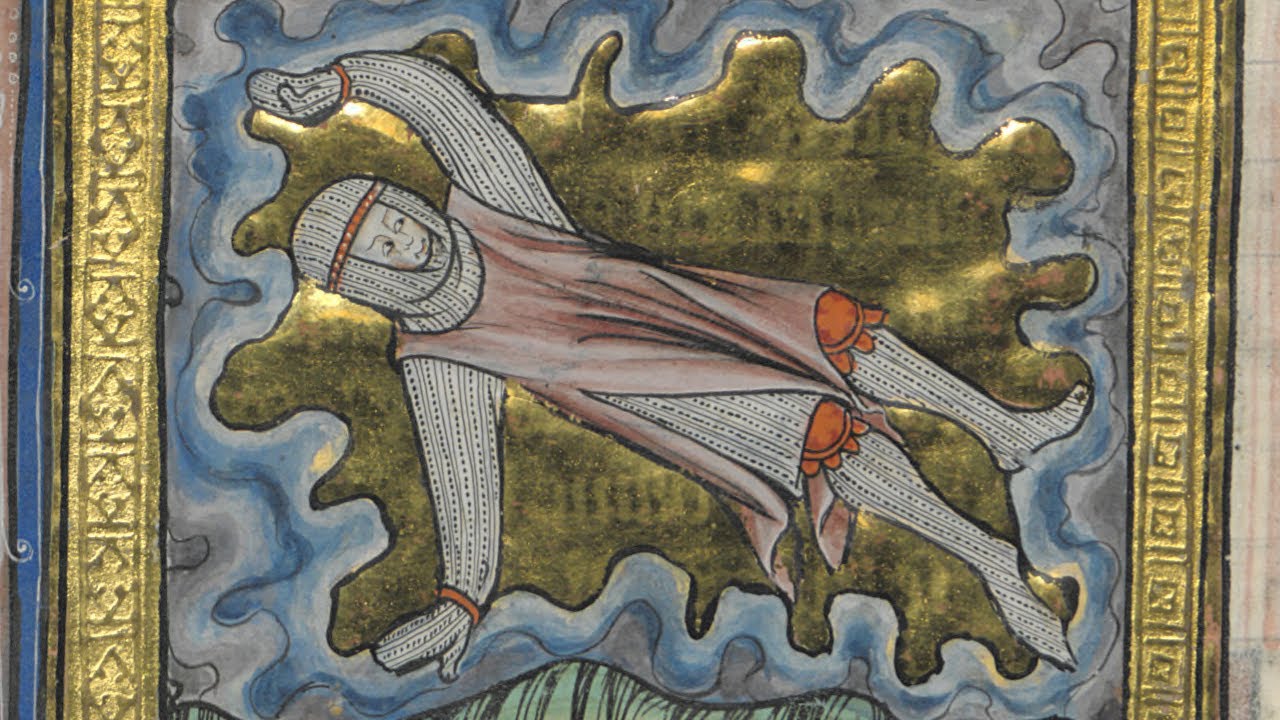Video description
Watch this video before visiting the European Middle Ages.
SUGGESTED READING
• Steven A. Epstein, An Economic and Social History of Later Medieval Europe, 1000–1500 (Cambridge: Cambridge University Press, 2009).
• Urban Tignor Holmes, Jr., Daily Living in the Twelfth Century (Madison: University of Wisconsin Press, 1952).
• Ian Mortimer, The Time Traveller’s Guide to Medieval England (London: The Bodley Head, 2008).
• Paul B. Newman, Daily Life in the Middle Ages (Jefferson, N.C.: McFarland & Company, 2001).
• Jeffrey L. Singman, Daily Life in Medieval Europe (Westport, Conn.: Greenwood Press, 1999).
FAQ
• What about traveling there as a woman?
My advice applies to both men and women (except for the bit about clergy, obviously). Men and women will have to give the same amount of attention to constructing their backstory, including their marital status, because people will ask either way. Women went on pilgrimages. While most women (and men) worked on farms, women in towns did engage in economic activities like shopkeeping and weaving. It was rare for a woman to work as a long-distance merchant, but it did happen, typically as a widow whose husband had been a merchant.
• But what about a woman traveling alone?
When I said, “Travel in a group, don’t travel alone,” I meant it. Solo travel is not advised, regardless of gender. Even the medieval people themselves traveled in groups.
CORRECTIONS
• I said William of Rubruck was from the Netherlands but he was actually Flemish. Apologies to my Flemish viewers.


